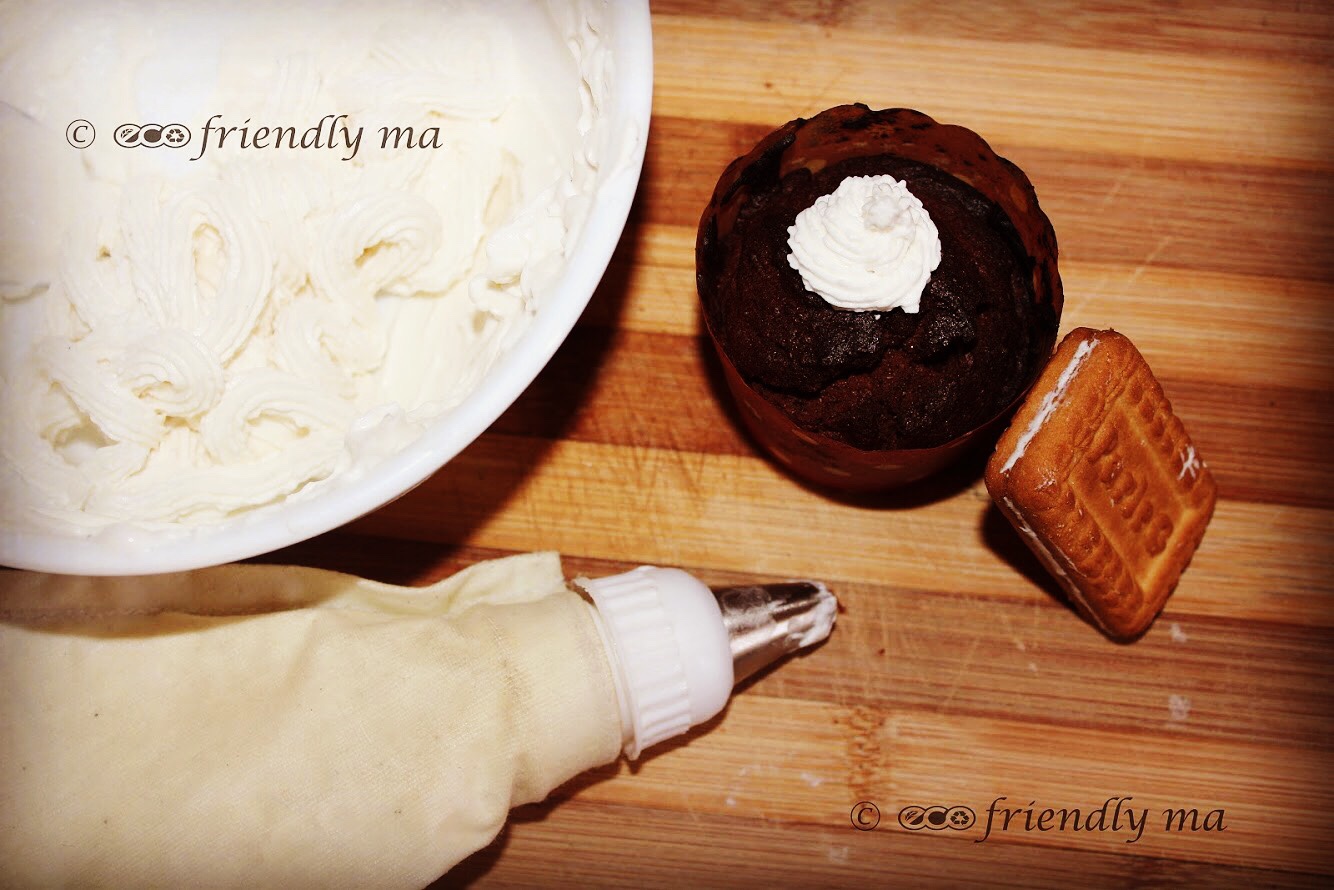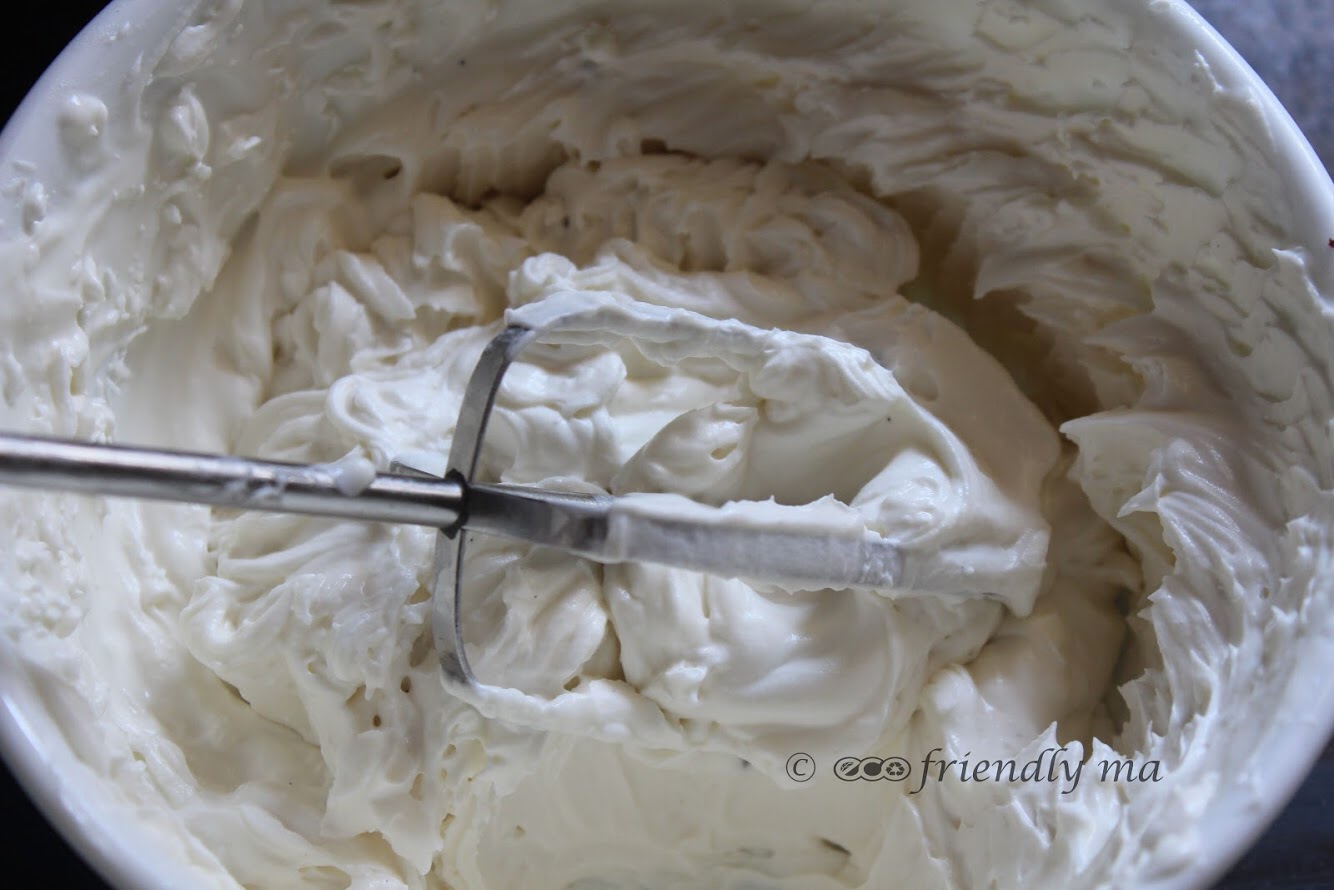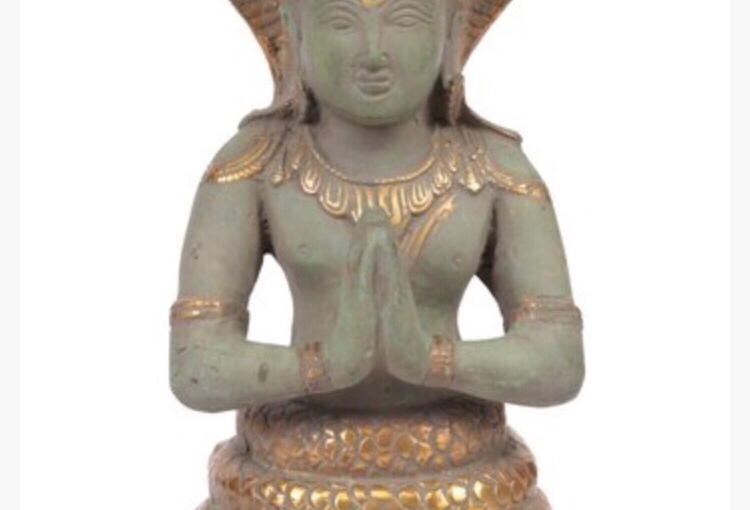The Chandra Namaskar or Moon Salutations is a 14 step method of yoga sequence. There are different variations of Chandra Namaskar, however here we have listed the 14 step method of Chandra Namaskar.
The sequence of asanas are same as the 10-step method of Surya Namaskar except that ardha chandrasana / half moon pose is added after ashwa sanchalan.
Also in ashwa sanchalan the left leg is extended back in the first half of the round, activating ida nadi, the lunar force. The lunar energy flows within ida nadi. It has cooling, relaxing and creative qualities. In the second half of the round the right leg is extended back.
The inclusion of ardha chandrasana is a significant change. This posture develops balance and concentration adding another dimension to the practice. Also it will help in deeper breathing as the inhalation, exhalation and retention are all prolonged.
Time of practice
Chandra Namaskar is best practiced at evening / night especially when the moon is visible or at dawn during the time of full moon. Need to ensure the stomach is empty during the practice.
Awareness
Before beginning the practice a few moments must be given to prepare the body and mind for the practice. Stand erect and join your palms together in Namaskara mudra. Observe your breath for a while. Slowly withdraw awareness from breath and inwardly focus on the eyebrow centre and visualise a full moon in the night sky, shining brightly upon the waves of the ocean. The full reflection of the moon penetrated the deep waters and the cool shades of moonlight catches the tops of waves as they dance. See the image clearly and develop awareness of any feelings or sensations created in the body and mind.
Slowly let the visualisation fade and become aware of the body in standing position. The following postures are to be done sequentially with breath coordination. Also Chandra mantras can be chanted for each asan or at the beginning of each round, to deepen the practice. Can practice 3 / 7 / 14 rounds.
| 1 | Pranamasana / Prayer pose | Om Kameshvaryai Namaha |
| 2 | Hastha Uttanasan / Raised arms pose | Om Bhagamalinyai Namaha |
| 3 | Padha Hasthasan / Hand to foot pose | Om Nityaklinnayai Namaha |
| 4 | Ashwa Sanchalanasan / Horse riding pose | Om Bherundayai Namaha |
| 5 | Ardha Chandrasan / Half moon pose | Om Vahnivasinyai Namaha |
| 6 | Chaturanga dandasanm/ Stick pose | Om Vajreshvaryai Namaha |
| 7 | Ashtanga Namaskarasan / Salute with 8 parts | Om Dutyai Namaha |
| 8 | Bhujangasan / Cobra pose | Om Tvaritayai Namaha |
| 9 | Parvatasan / Mountain pose | Om Kulasundaryai Namaha |
| 10 | Ashwa Sanchalanasan | Om Nityayai Namaha |
| 11 | Ardha Chandrasan | Om Nilapatakinyai Namaha |
| 12 | Pada Hasthasan | Om Vijayayai Namaha |
| 13 | Hastha Uttanasan | Om Sarvamangalayai Namaha |
| 14 | Pranamasan | Om Jvalamalinyai Namaha |
Contraindicatons
- Chandra Namaskar should be discontinued if you have a fever, acute inflammation, boils or rashes due to excess toxins in the body.
- It is not recommended for individuals with high blood pressure, coronary artery disease, history of stroke, hernia, or intestinal tuberculosis.
- People with back conditions should practice Chandra Namaskar under guidance.
- It is advised to avoid practicing Chandra Namaskar during menstruation and resume towards the end of the period.
- Pregnant women can practice Chandra Namaskar until the beginning of the 12th week.
- After childbirth, Chandra Namaskar can be resumed approximately 40 days after delivery to re-tone the uterine muscles.
Benefits
- Strengthens the back and helps balance metabolism.
- Stimulates and balances all the systems of the body including reproductive, circulatory, respiratory, and digestive systems.
- Influences the endocrine glands, helping to balance the transition between childhood and adolescence in growing children.
- Synchronising the breath with movement increases mental clarity by bringing fresh oxygenated blood to the brain.
















